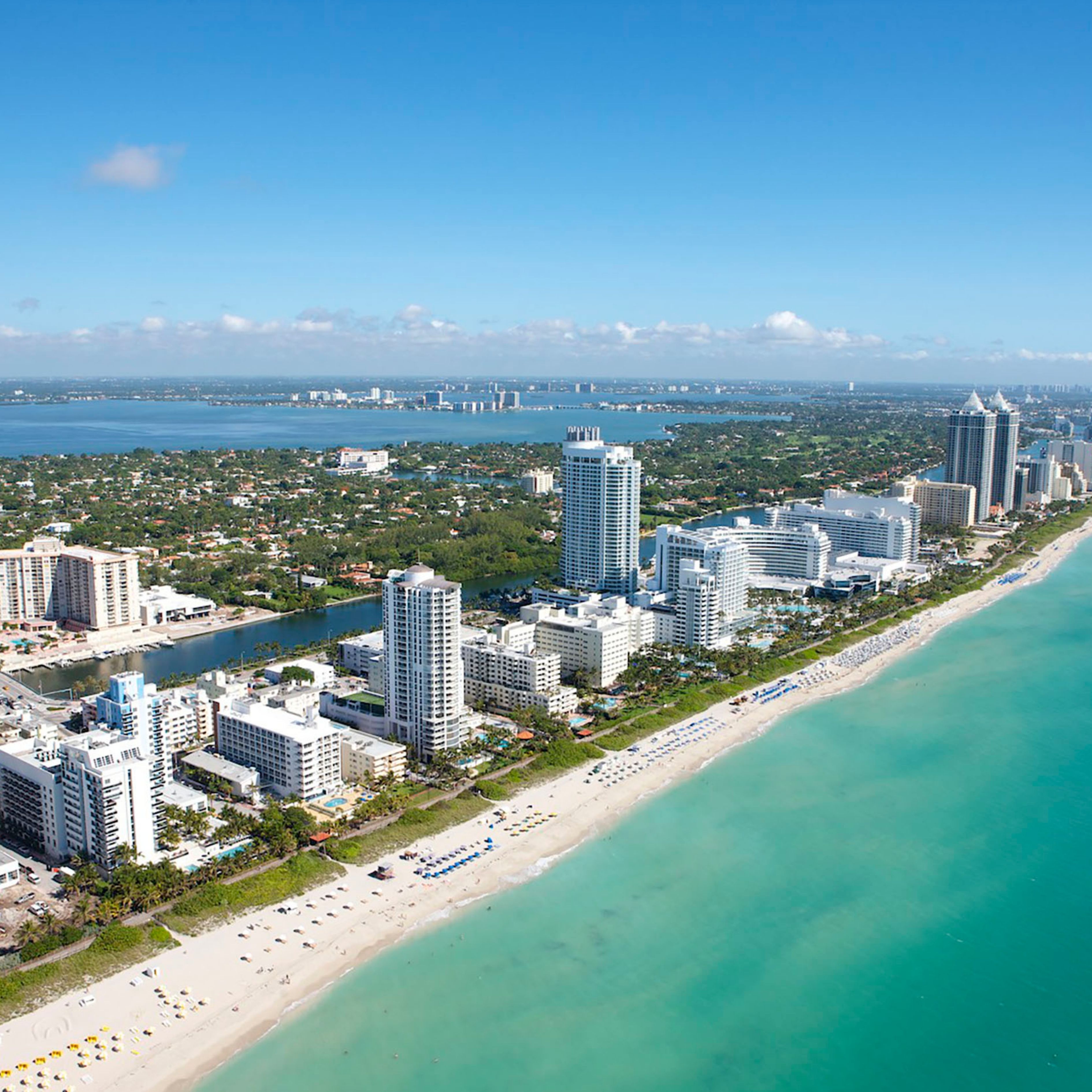Miami Travel Guide: Everything You Need to Know Before You Go
Miami moves like nowhere else. It’s where pastel Art Deco buildings meet Caribbean rhythm, and where Cuban coffee is stronger than the ocean breeze. One minute you’re walking through Wynwood’s graffiti-lined alleys, the next you’re stretched out on South Beach or watching the sun set over Biscayne Bay. But to truly enjoy Miami, you need to understand its layers — not just where to go, but how to move through it. This guide covers everything you need to know before your trip, from the best neighbourhoods to local etiquette, transport, food, and cultural highlights.
Why Visit Miami?
There are few cities where beach culture, Latin American energy, and contemporary art coexist as naturally as they do in Miami. But what makes it stand out is its ability to feel both international and deeply local at the same time. It’s a place where conversations jump between Spanish, English, and Creole. Where food stalls serve dishes from five countries within the same block. And where every neighbourhood feels like its own little world.
If you're after sun, style, and cultural substance, Miami doesn’t make you choose. It gives you all three at once.
Best Time to Visit
Miami shines in winter. From December to March, the humidity drops, temperatures hover in the mid-twenties, and every neighbourhood feels alive. It's the ideal time for beach mornings and open-air dinners, although it’s also when prices peak.
Spring offers a slightly quieter version of the same atmosphere, especially after the Spring Break rush. By summer, the city slows. It’s hot, humid, and stormy - but also calm, local, and more affordable. Autumn, particularly October and November, brings cooler evenings and fewer visitors, making it a good time for spontaneous travel.
Getting Around
Miami isn’t a walking city in the traditional sense. Distances are long, and the heat can be draining. Ride-shares like Uber and Lyft are the easiest way to navigate between neighbourhoods. The Metromover is useful downtown, especially around Brickell and the Financial District. If you're staying on the beach, walking or cycling works well - the boardwalks and park trails make for scenic travel between beachfront spots.
For those wanting to explore farther out, renting a car can help. But be prepared for unpredictable traffic and limited parking in popular areas.
Where to Stay
South Beach is for travellers who want to be in the thick of it. The beach, the bars, the pastel architecture - it’s Miami’s most recognisable face. For a more artistic vibe, Wynwood has boutique hotels, indie coffee shops, and an ever-changing art scene. Brickell and Downtown offer a modern, sleek experience with high-rise views and rooftop restaurants. If you prefer something quieter, Coconut Grove and Coral Gables give you tree-lined streets, colonial architecture, and a local pace that’s hard to beat.
What to Eat
Food in Miami isn’t just something to enjoy - it’s something to explore. It’s deeply regional, proudly immigrant-driven, and unapologetically flavour-forward.
Start your day with a café cubano from a street-side ventanita, followed by croquetas or pan de bono. Lunch could be a plate of ropa vieja in Little Havana or a ceviche bowl in Wynwood. Dinner might involve stone crab in South Beach or jerk chicken from a Caribbean spot tucked away in North Miami.
What’s key is knowing where to go. An AI travel assistant can help uncover hyper-local gems, time your visits to avoid queues, and suggest pairings you wouldn’t find in a guidebook.
Things to Do
Spend time in Wynwood - not just for the murals, but for the feeling of walking through a working studio district in motion. Visit the Pérez Art Museum and the Frost Science Center if you’re in a cultural mood, or head to Key Biscayne for a day that feels like an escape from the city entirely.
Sunrise is best from South Pointe Park. Sunset, from a boat on Biscayne Bay or with your feet in the sand in Surfside. And somewhere in between, get lost in Little Havana - not just Calle Ocho, but the side streets where the music gets louder and the food gets better.
Local Tips
Tipping is standard across the city, usually around 18 to 20 percent. Dress codes are relaxed by day but shift upscale quickly at night. Don’t expect every restaurant or café to be beach-wear friendly after sundown. Carry a light layer - air conditioning indoors can be stronger than expected.
Parking is rarely simple. Valet or ride-share where you can, especially in busier districts. And if you're trying to blend in, speaking a little Spanish won’t go unnoticed - even a few words can change the way you’re welcomed.
Conclusion
Miami rewards the curious. It’s a city best experienced with open eyes and a loose plan. The food is better when it’s recommended by someone who lives there. The beaches are better when you find your own stretch. And the stories, from the street art to the side-street music sessions, are richer when you slow down long enough to listen. With the right tools - and a bit of flexibility - Miami becomes more than a destination. It becomes a rhythm you step into.



.png)



